Concrete Pan Mixer 101: Understanding the Basics
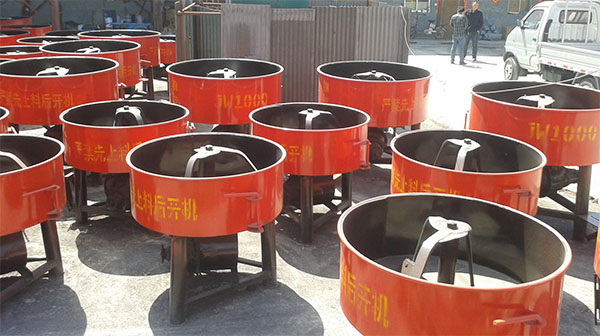
A concrete pan mixer, also known as a planetary mixer, is a machine commonly used in construction to mix cement, sand, and water to create concrete. Its role in construction is to provide an efficient and consistent way to mix large amounts of concrete, reducing the need for manual labor and increasing the speed of construction projects.
Contents
Types of Concrete Pan Mixers
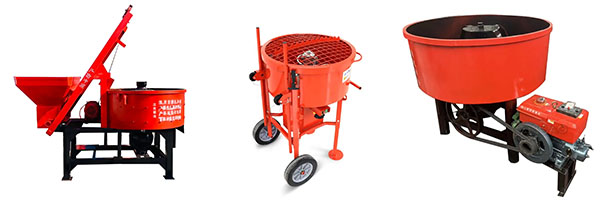
There are several types of concrete pan mixers, each with their own unique features and capabilities. The most common types include:
- Stationary concrete pan mixers- These are typically used for large-scale commercial construction projects and are usually placed on a permanent foundation. These mixers are designed for heavy-duty use and are capable of producing large quantities of concrete.
- Portable concrete pan mixers- They are smaller and more mobile, making them ideal for smaller construction projects or for use in remote locations. They are designed to be easily transported and can be moved from one location to another as needed.
- Electric and diesel concrete pan mixers- Electric concrete pan mixers are powered by electricity and are suitable for indoor use or for outdoor use where electricity is readily available. Diesel concrete pan mixers, on the other hand, are powered by diesel fuel and are ideal for outdoor use or for locations where electricity is not readily available. Both electric and diesel mixers have their own advantages and disadvantages, and the choice of which one to use will depend on the specific needs of the construction project.
What Makes a Concrete Pan Mixer
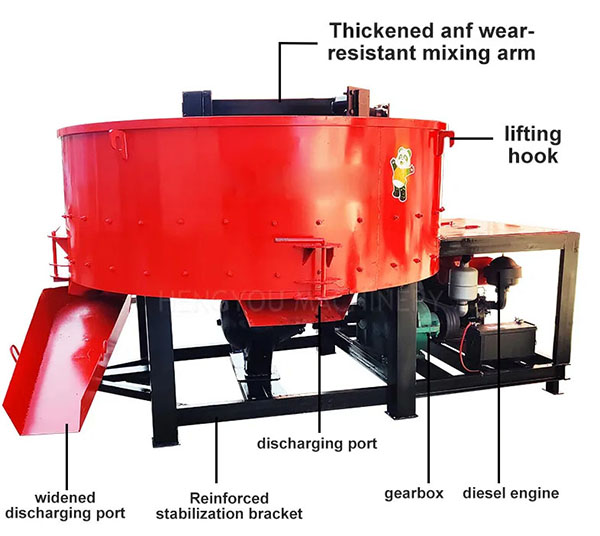
A concrete pan mixer is a complex piece of equipment that is made up of several different parts, each with its own specific function. Some of the main parts of a concrete pan mixer include:
- The mixing pan: The mixing pan is the container in which the ingredients are mixed and is typically made from durable materials such as steel or other metals. Blades inside the pan rotate at controlled speeds to mix the ingredients for a desired quality of concrete.
In some mixers, the mixing pan can be tilted and removed for ease of access when emptying the mixed concrete. Mixing pans are available in different sizes; the size depends on the motor capacity to mix the induced volume of concrete ingredients. - Motor: The motor provides the power to rotate the blades. It can be electric or diesel-powered depending on the mixer.
- Drive system: The drive system is responsible for transmitting the power from the motor to the blades inside the drum. It typically includes gears, belts, or other mechanical components that transfer the power from the motor to the drum.
- Mixer head: The Mixer head holds the rotating blades in place inside the drum. It has a lever used to adjust the level of the blades depending on the volume and intended quality of concrete being mixed. The mixer head lifts clear for easy access to the pan.
- Safety guards: Safety guards protect the operator and other individuals on the construction site from moving components of the mixer.
They are typically located around the moving parts of the mixer to prevent accidents. Portable pan mixers have rubber wheels for easy movement. These rubber wheels also provide a damping effect to protect floors from vibrations when the mixer is in use. - Control panel: The control panel is used to control the various functions of the mixer, such as starting and stopping the motor, adjusting the rotating speed of the blades, and controlling the flow of ingredients into the drum.
All of these parts work together to make a concrete pan mixer function. The drum rotates at a high speed, mixing the ingredients and creating a consistent and high-quality concrete mix.
How a Concrete Pan Mixer Works
The concrete pan mixer uses a fixed drum and a set of rotating blades to mix the ingredients of concrete together. The blades are powered by an electric or diesel- powered motor to agitate the mixture and ensure a consistent mix. A scraper blade suspended at an angle near the inner wall of the mixer pan is used to scrape the concrete that tends to stick inside the mixer. At the end of a mixing process, the mixer head is lifted clear and the pan adjusted to a required angle and height for emptying.
The mixing process begins with the loading of the ingredients into the mixing pan. The mixer head is placed on top of the mixing pan and the blades height adjusted accordingly. The motor is then started, which causes the blades to rotate and agitate the mixture. As the blades rotates, the ingredients are pulled towards the center of the drum and are mixed together. The speed and duration of the mixing process will depend on the type of concrete being mixed and the specific requirements of the project.
Safety precautions when using concrete pan mixers include proper training for operators, use of safety gear such as helmets and steel-toed boots, and regular maintenance and inspections to ensure that the mixer is in good working condition. Additionally, it is important to keep the mixing area clear of debris and to ensure that the mixer is operated in a well-ventilated area.
Advantages Of Using It
One of the main advantages of using a concrete pan mixer is its ability to provide a consistent mix every time. This ensures that the strength and quality of the concrete is consistent throughout the project.
Additionally, the use of a concrete pan mixer can greatly increase the efficiency of a construction project by reducing the need for manual labor and increasing the speed of the mixing process.
Another advantage of using a concrete pan mixer is its cost effectiveness. Because the mixer can handle large batch sizes, it can save time and labor costs in the long run. Furthermore, the consistent mixing provided by the pan mixer can also lead to cost savings by reducing the need for additional materials.
Conclusion
To achieve the right consistency of your concrete, always make sure that you are using the applicable concrete mixers with your dry ingredients. Different concrete mixers are not required but are suggested and are made to make it easier for us to achieve the uniformity of the concrete.
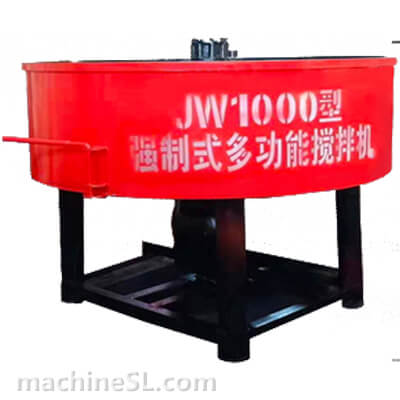
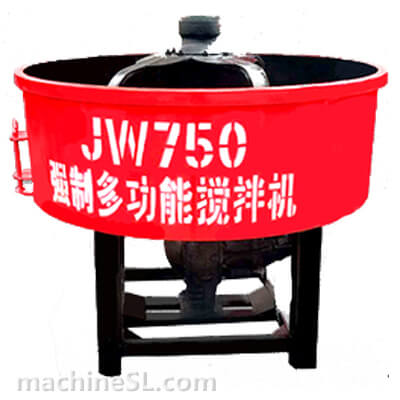
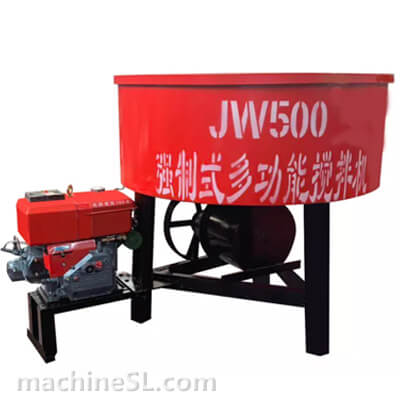
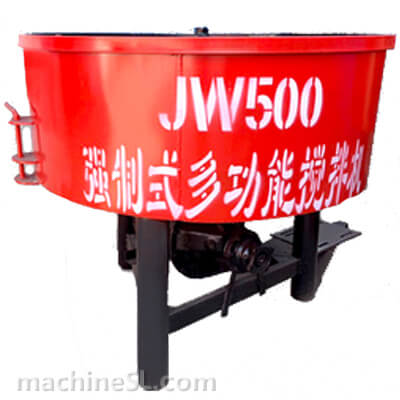
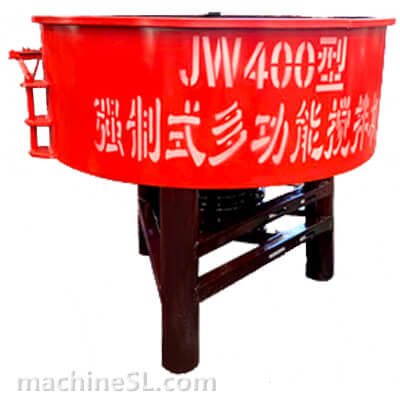
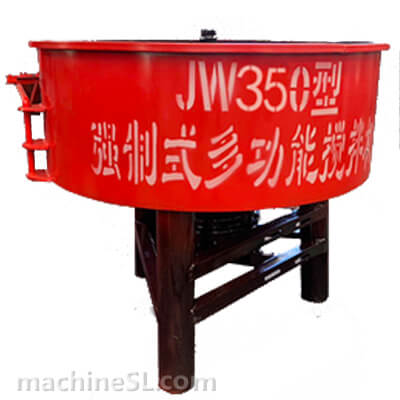
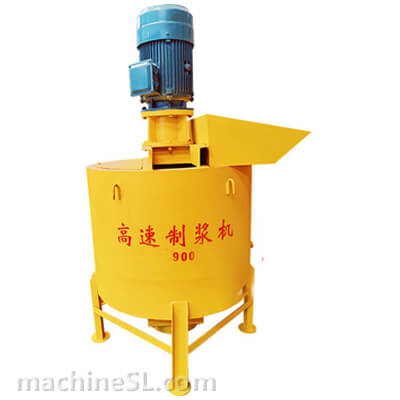
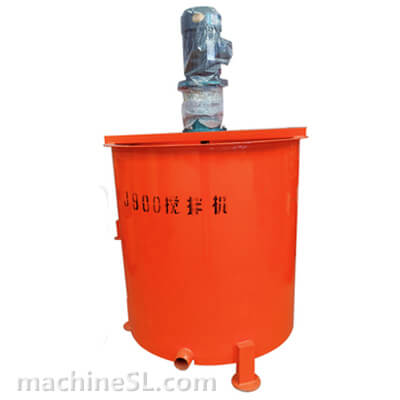
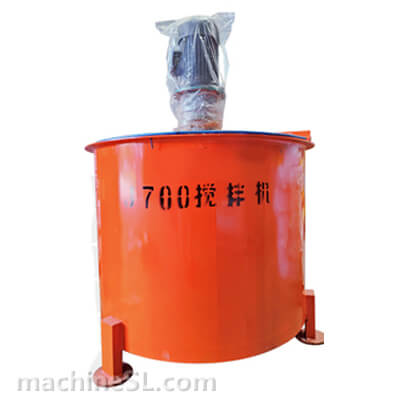
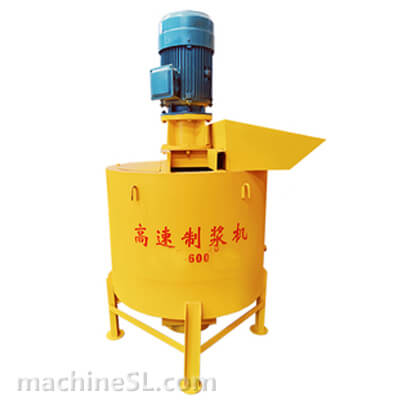
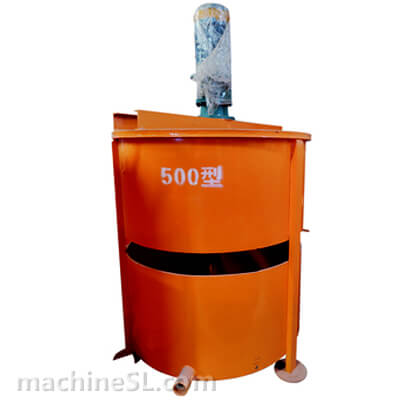
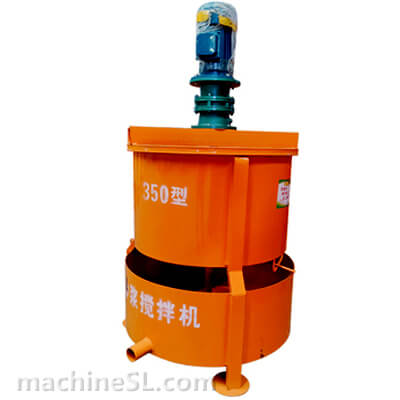
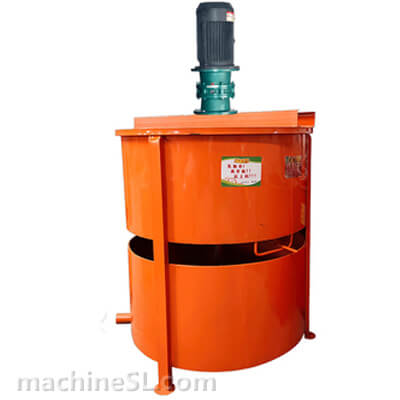
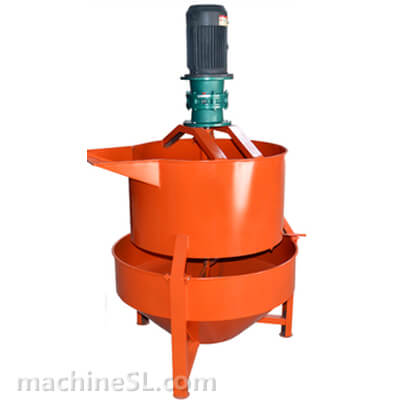
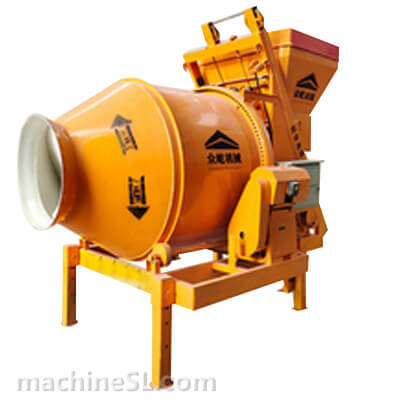
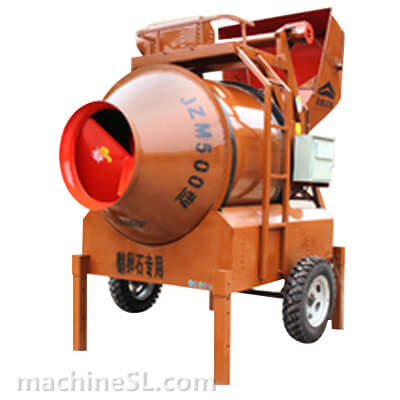
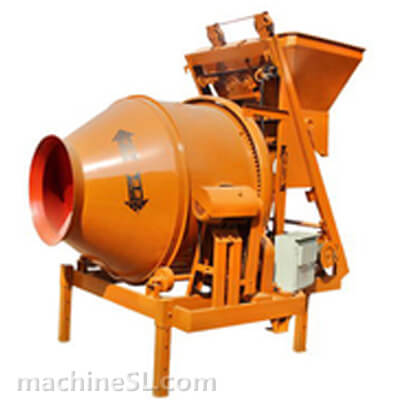
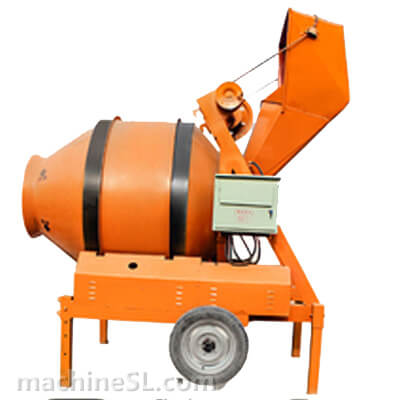
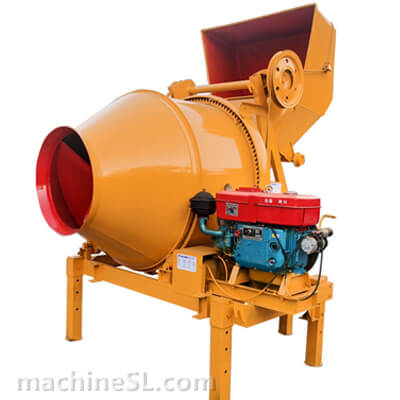
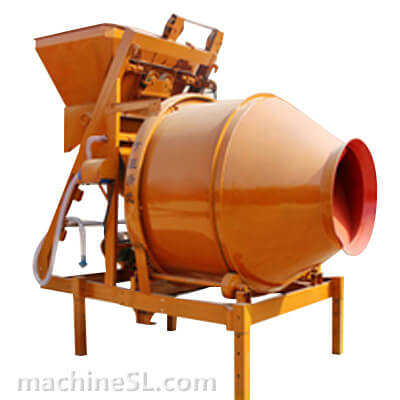
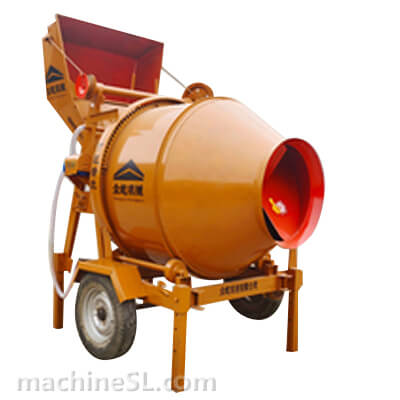
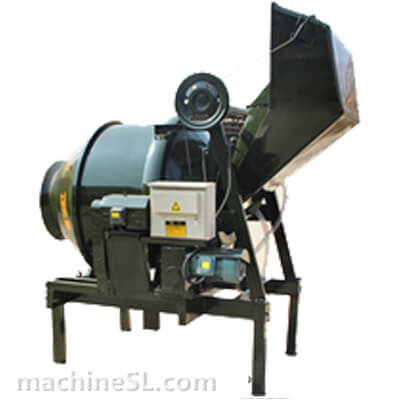
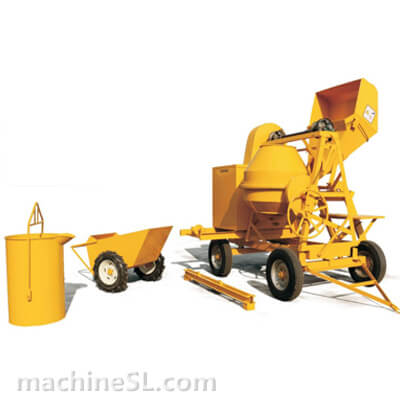
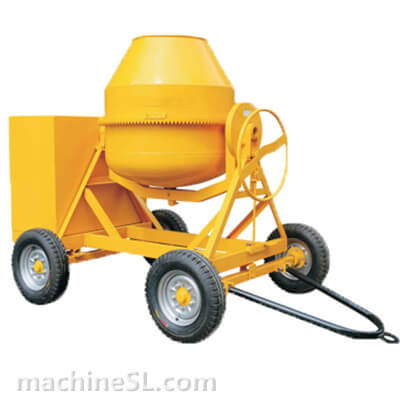
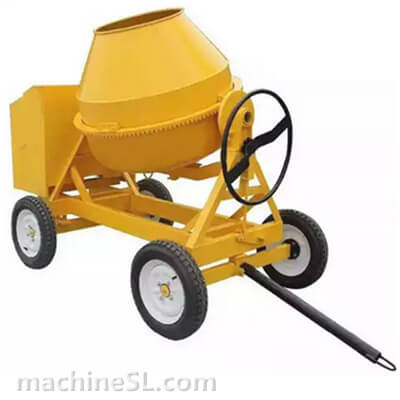
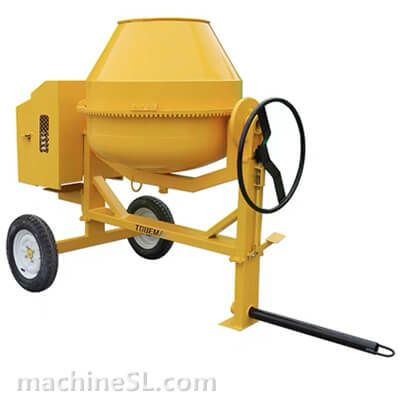
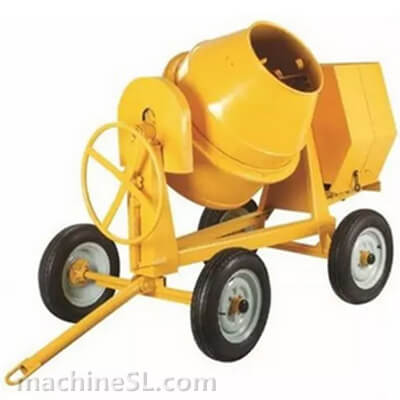
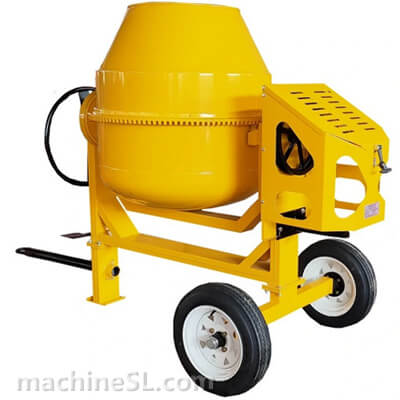
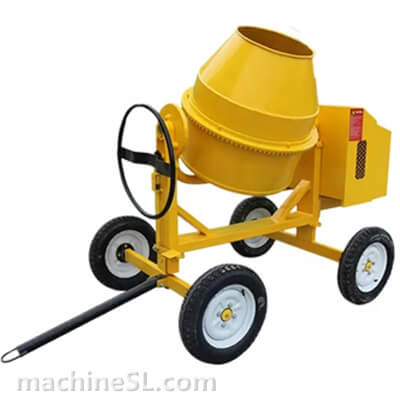
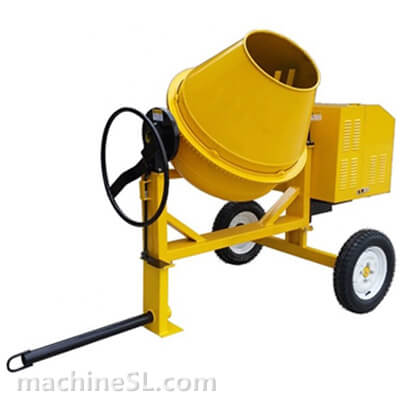
Leave A Comment